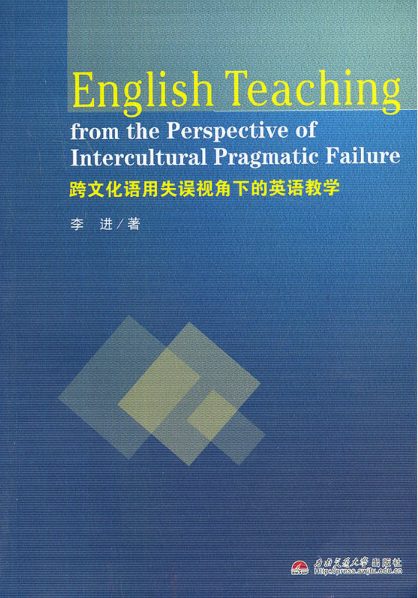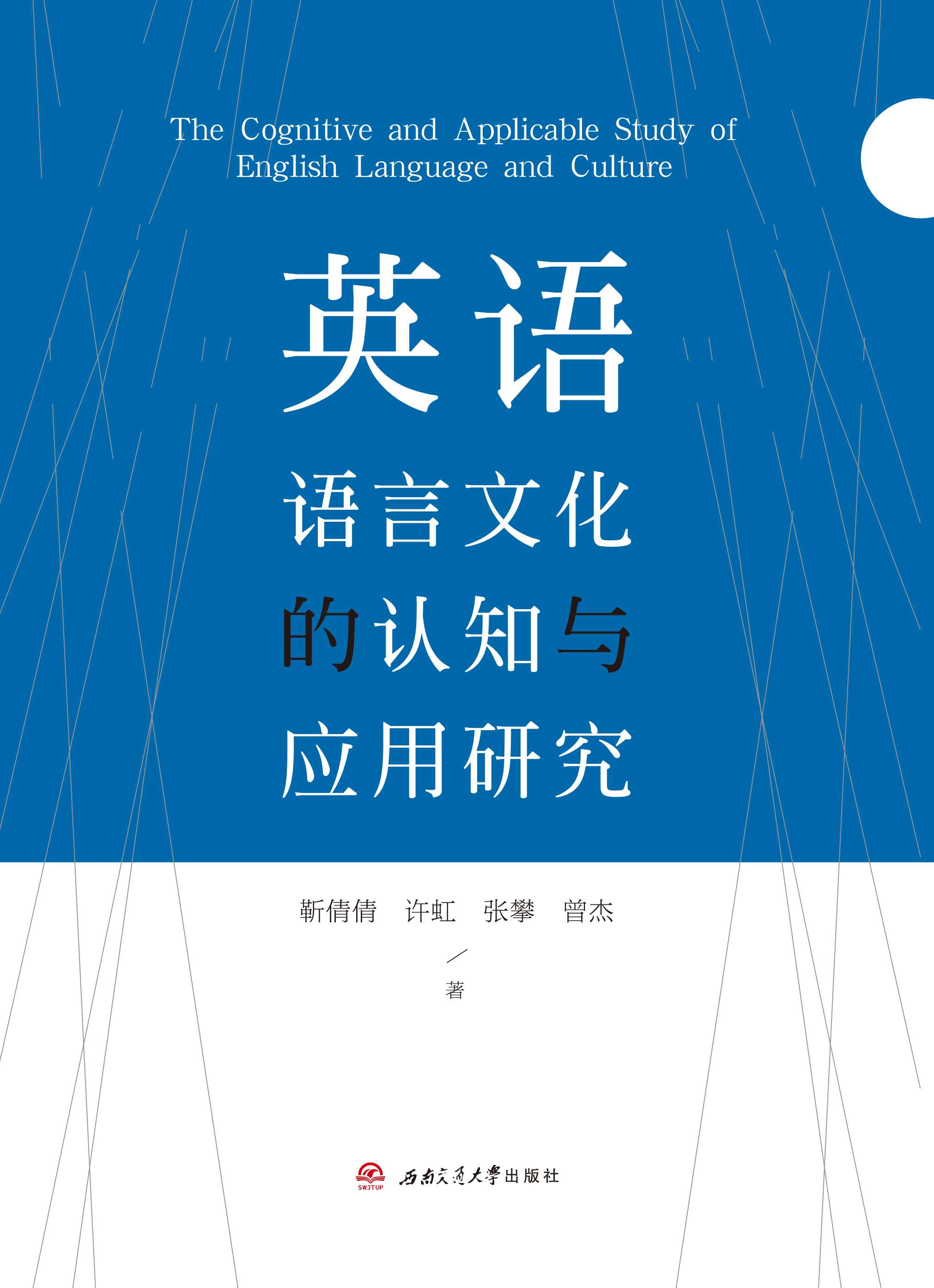-
 跨文化语用失误视角下的英语教学
跨文化语用失误视角下的英语教学作者:李进
本书是英语教学方面的研究性著作,本书在语用学研究现有成果的基础上,从跨文化交际角度,对学生在英语学习中常犯的一些语用失误进行了分析和研究,对如何提高学生跨文化意识及交际能力提出了一些具体的解决办法,可为国内英语教学改革的发展提供启示和借鉴。
-
 英美经典散文鉴赏与研读
英美经典散文鉴赏与研读作者:杨燕 编著
《英美经典散文鉴赏与研读》精选了英美文学史上的散文经典作品,全书既包括英国经典散文,也包括美国经典散文,共涉及9位作家的代表作。全书按作家分单元,共计9个单元。每单元又分为名篇选读、词汇注释、词汇练习、短语练习、名句翻译、经典诵读、拓展阅读、作品赏析八个部分。《英美经典散文鉴赏与研读》既适合英语专业研究人员进行研读和鉴赏之用,也适合英语专业学生、非英语专业学生、广大英语爱好者进行学习、培训和研修之用。
-
 加的夫语法视角下的英语Let结构句法语义多维研究
加的夫语法视角下的英语Let结构句法语义多维研究作者:向大军
本书在加的夫语法视角下从经验意义、人际意义和句法体现形式三个方面系统分析英语let结构,以明确该结构在语言实际使用中的语义特征及其句法体现形式。
图书分类
Book classification- 本书是英文版的学术著作。全书结合文化研究领域和认知语言学的相关理论,揭示了语言为文化的载体,语言与认知、文化研究紧密相连的结论。本书第一章讨论了欧盟多语言政策和欧洲文化认同的紧密关系,分析了欧盟实施多语言政策与文化认同的关系;第二章通过比较三套英语教材中的文化现象,探讨教材、语言与文化密不可分的内在关系;最后两章分别用认知语言学的识解理论及其他理论,分析了翻译不确定性问题和英语介词“up”的多个义...查看更多
- This book combines the theories of cultural study and the relevant ones of cognitive linguistics to reveal that&nbs...查看更多
-
1 The Interplay of Language, Culture and Cognition 001
1.1 Language and Culture 001
1.2 Language and Cognition 012<...查看更多 - 靳倩倩,四川大学外国语学院讲师;主要研究方向为语言学和西方文化;参与国家社科项目1项,主持校级课题2项;参与编写专著1部;发表论文十余篇;许虹,湖北民族大学讲师;研究方向为语言学及教学研究




